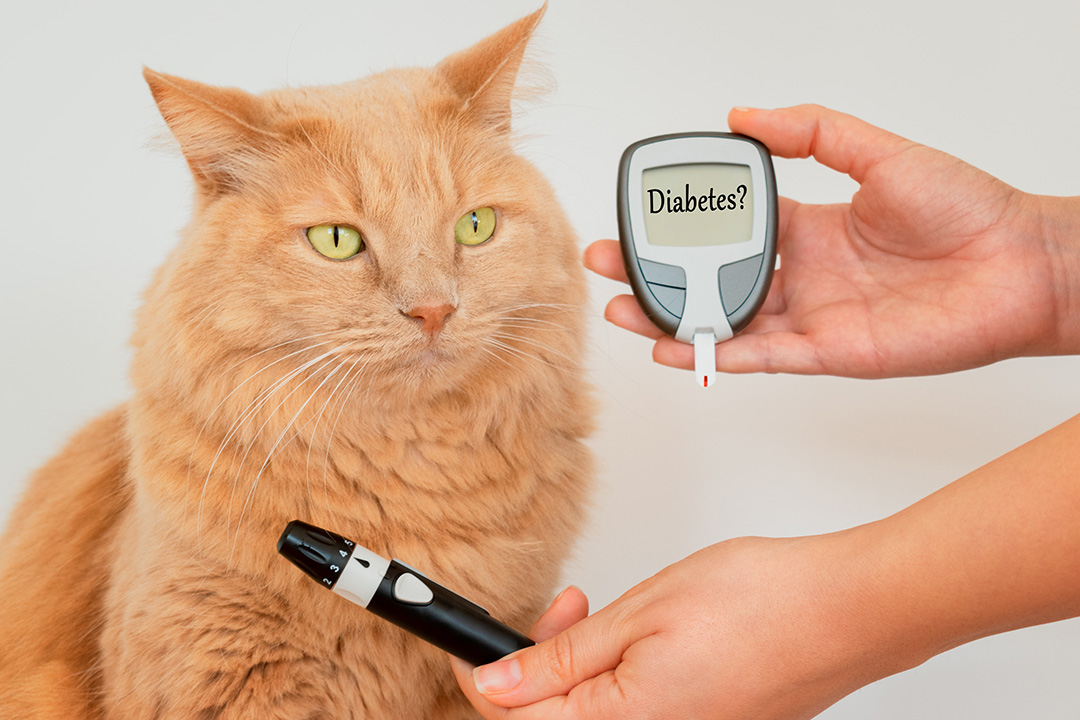




When we eat, our blood sugar level rises transiently. Insulin, secreted by the pancreatic beta cells that reside in the pancreatic islets of Langerhans in the pancreas, is responsible for bringing back the blood sugar level to normal.
Insulin acts on the muscle and fat cells to enable these cells to take up blood sugar. In other words, insulin is a hormone that stimulates cells to take up sugar once it has entered the bloodstream through food intake and use it for energy metabolism. Insulin also suppresses gluconeogenesis in liver cells and promotes the storage of sugar as glycogen, thereby preventing excessive blood sugar level increase. As a result, the blood glucose level returns to normal shortly after eating.

However, if the pancreas does not produce enough insulin or the cellular insulin receptors lose their sensitivity, sugar is not transferred into the cells and the blood sugar level remains high. When blood sugar levels are high, sugar binds to various proteins, leading to their degeneration and degradation. This causes diabetes, which leads to various other diseases. Therefore, it is evident that the regulation of blood glucose levels is very important for our health.
Recently, it has become clear that not only insulin regulates blood glucose levels (*1). When food-derived sugar reaches the intestine, the distribution of intestinal bacteria changes. In particular, a transient increase in gram-negative bacteria of the Enterobacteriaceae family in the small intestine was observed. As a physiological result, a small amount of Lipopolysaccharide (LPS) derived from gram-negative bacteria leaves the intestinal tract and enters the portal vein that connects the digestive tract to the liver. Although LPS entering the body this way is thought to cause inflammation, it actually induces IL-10, which suppresses immune cell- and macrophage-related inflammation in the portal vein and adipose tissue, respectively. IL-10 works together with insulin to suppress gluconeogenesis in hepatocytes. In this way, LPS derived from intestinal bacteria is deeply involved in maintaining normal blood glucose levels (sugar metabolism).
(*1)Insulin- and Lipopolysaccharide-Mediated Signaling in Adipose Tissue Macrophages Regulates Postprandial Glycemia through Akt-mTOR Activation. Molecular Cell 79: 1–11 (2020)

DynaxT bldg. 2F, 2217-6
Hayashi-cho, Takamatsu-shi,
Kagawa-ken,
761-0301 Japan
TEL : +81-87-867-7712
FAX : +81-87-867-7737
Your personal information on this site is protected by SSL.